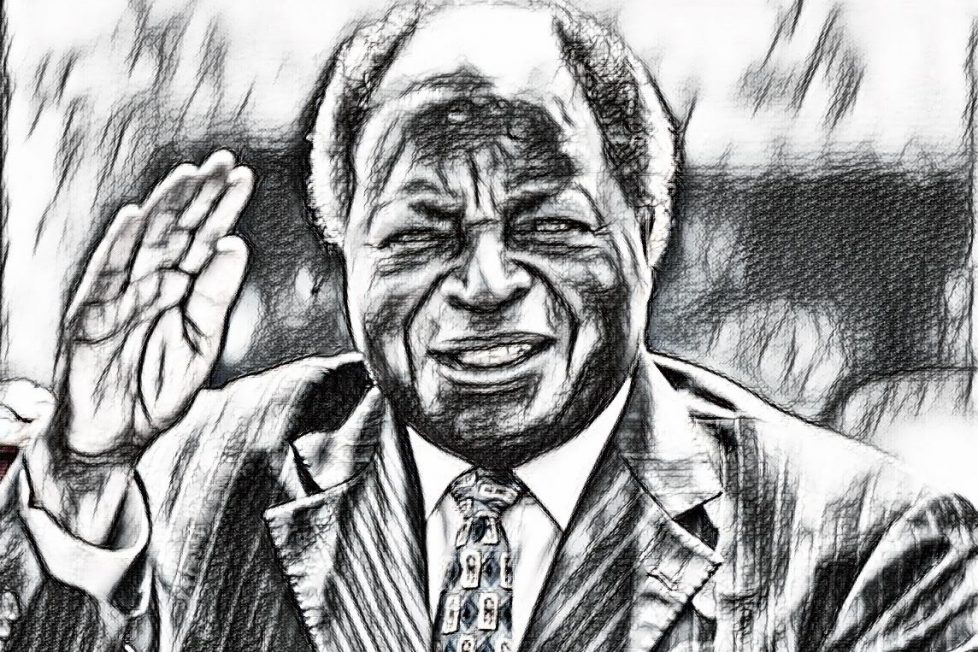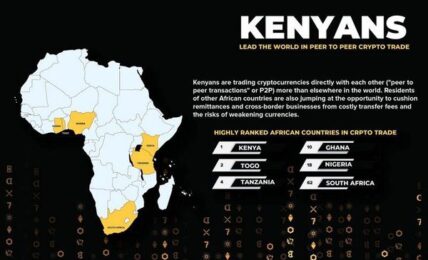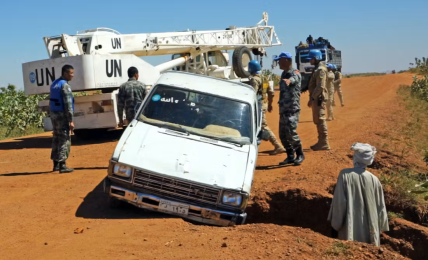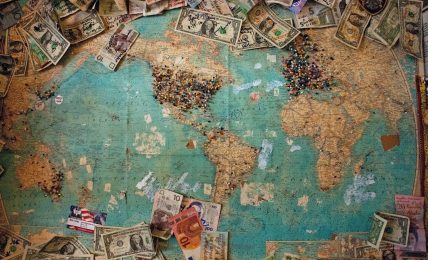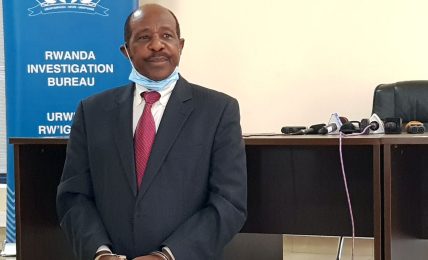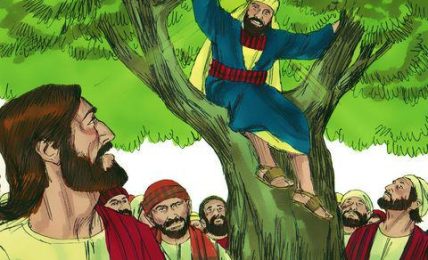Mwai Kibaki Legacy: the Good, the Bad and the Ugly
The achievements of Kibaki over those 50 years, his failures and frailties as a man, and the influence his ideologies and leadership had on Kenyans, will continue to be recast by historians. But for now, he traverses the land of no return, in his typical comical subterfuge.
